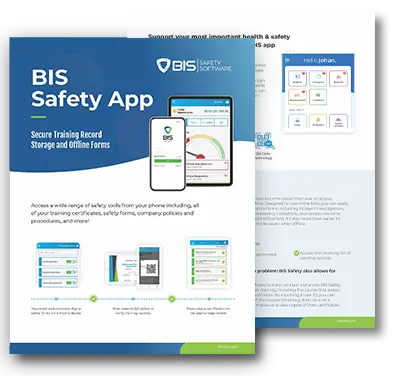
Course details
Hydraulic Safety: High Risk Maintenance Level
This industry leading online Hydraulic Safety: High Risk Maintenance Level course provides an understanding of hydraulic energy hazards and controls for workers who repair and maintain hydraulic equipment.
Course Overview
Maintenance and repair of equipment that utilizes hydraulics systems is extremely hazardous. Maintenance personnel are engaged in procedures that expose them to a high level of risk of injury or death from hydraulic system hazards. Many incidents are a result of people working with hydraulic systems without understanding the related hazards. This online Hydraulic Safety: High Risk Maintenance Level course takes a comprehensive look at the recognition and management of hydraulic hazards with an emphasis placed on the implementation of structured procedures and energy mitigation.
Topics Covered
- What are hydraulic fluids?
- Exposure to hydraulic fluids
- Potential hydraulic hazards
- Personal protective equipment (PPE)
- Safety standards and qualifications
- Recognized standards
- Your role
- Types of hydraulic hoses and hydraulic hose construction
- Hydraulic hose applications
- Hydraulic hose assembly fabrications
- Specifications and standards
- Life cycle
- How accumulators work and their application in hydraulic systems
- Procedures for testing and discharge of accumulators
- Forms of hazardous energy and the cause of unexpected movement
- Guarding
- Safety valves
- System considerations
- Safety devices
- Safety through engineered controls
- Pressurized grease
- Effects of air in hydraulic systems
- Zero energy state
- Purpose of hazard assessment
- General responsibilities
- Before work begins
- Inspections
- What is lockout?
- Lockable devices and the importance of sequence
- Hydraulic fluids and the environment
- Spill preparedness
- Acceptable disposal practices
- Biodegradable hydraulic fluids
- Absorbents
- Ethical choices
- Hydraulic incidents and fatalities
- Effects of modifications to hydraulic components
- Hazards of welding hydraulic components and interconnections
- Fluid power calculations
- Gravity
- Overhanging and runaway hazards
- Types of seals and applications
- Importance of mechanical seals
- Understanding maintenance and planning
- Commonly used threads and porting in hydraulics
- Pressure rating
- Procedures for testing and discharge of accumulators
This course takes approximately 700 minutes to complete
A certificate will be provided upon the successful completion of this course










































